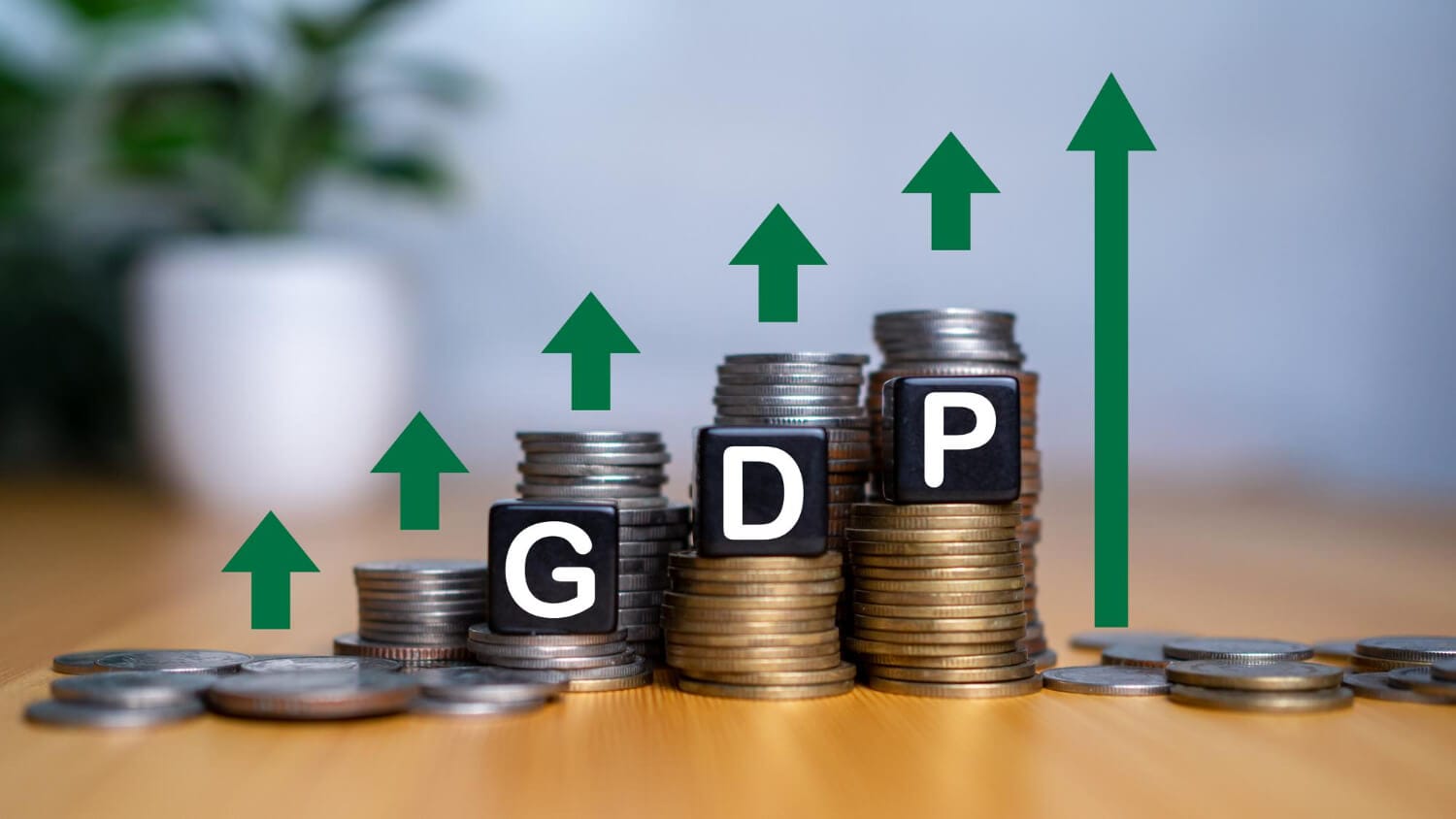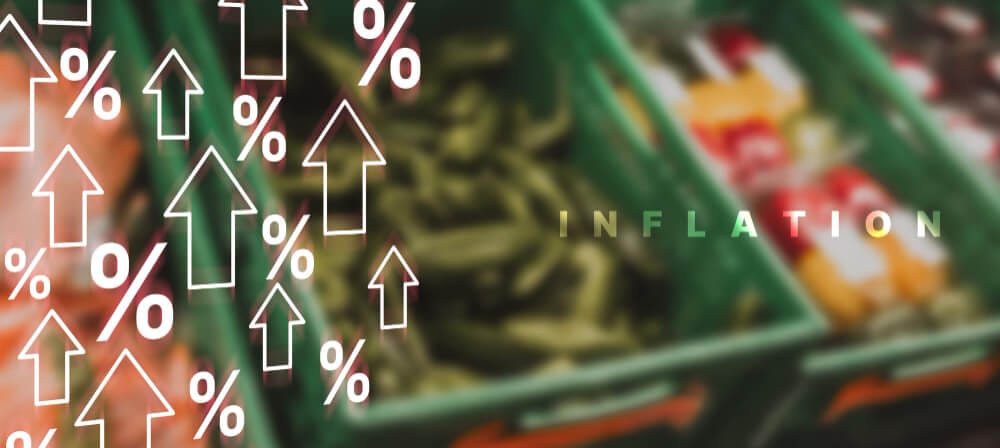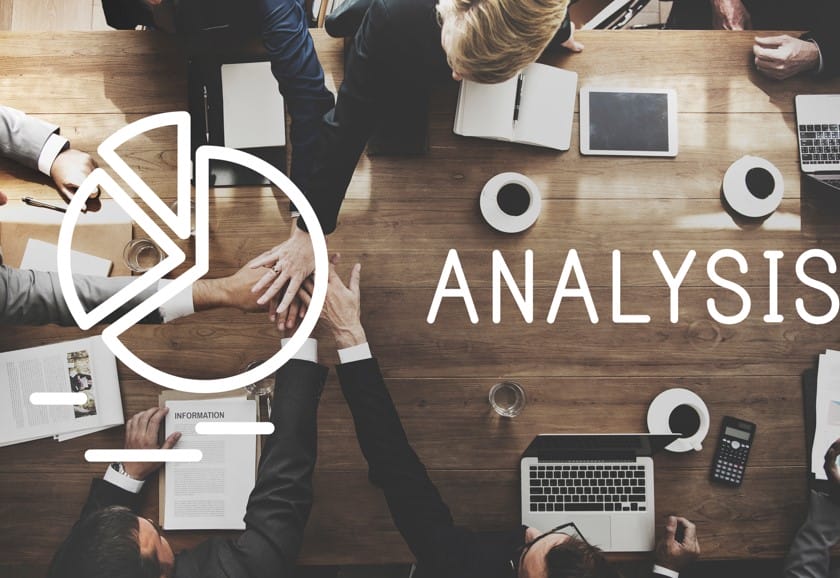Navigating the world of Forex trading can feel like venturing into a dense jungle. There’s an abundance of information, and sometimes it’s hard to discern what’s crucial and what’s just noise. One of the most vital elements that every Forex trader needs to grasp is economic data. But what exactly is Forex economic data, and why is it so significant? In this detailed guide, we’ll unravel the intricacies of economic data in Forex trading and how it impacts your trading decisions. Let’s dive in!

What is Forex Economic Data?
Definition and Importance
Forex economic data refers to statistical data released by governments, financial institutions, and other entities about a country’s economic performance. This data includes various indicators that reflect the health of an economy, such as employment rates, inflation, GDP, and more.
Understanding this data is crucial for Forex traders because it helps predict market movements. For instance, if a country’s economic data shows strong growth, its currency is likely to appreciate. Conversely, poor economic data can lead to a depreciation.
Types of Economic Indicators
Leading Indicators
Leading indicators are economic factors that change before the economy starts to follow a particular trend. They are predictive and help traders anticipate future market movements. Examples include stock market returns, consumer sentiment indexes, and new business orders.
Leading indicators are like the early warning signs of the economic world. They give traders a heads-up about potential shifts, allowing them to position their trades accordingly. If you know that consumer sentiment is rising, it’s a good bet that economic growth might follow, which can strengthen a country’s currency.

Lagging Indicators
Lagging indicators, on the other hand, reflect the economy’s performance after it has already occurred. They confirm long-term trends but don’t predict future movements. Common lagging indicators include unemployment rates, corporate profits, and labor cost indexes.
Think of lagging indicators as the footprints of the economy. They show where the economy has been, not where it’s going. While they’re not useful for predicting trends, they are valuable for confirming the strength and direction of an established trend.
Coincident Indicators
Coincident indicators move simultaneously with the economy. They provide real-time insights into the current state of the economy. Examples include GDP, industrial production, and personal income.
Coincident indicators are like the heartbeat of the economy, giving you a real-time snapshot of economic health. If industrial production is up, it usually means the economy is thriving, which can boost the currency.

Key Economic Indicators in Forex Trading
Gross Domestic Product (GDP)
GDP is one of the most critical indicators. It measures the total value of all goods and services produced over a specific time period within a country. A rising GDP indicates economic growth, which can lead to currency appreciation.
When GDP numbers are released, traders closely watch the data. Strong GDP growth typically signals a robust economy, encouraging investment and strengthening the currency. Conversely, if GDP falls, it suggests economic troubles, leading to a weaker currency.
Employment Data
Employment data, including the unemployment rate and non-farm payrolls, provides insights into the labor market’s health. Low unemployment rates usually indicate a strong economy, while high rates suggest economic struggles.
Employment data is like the pulse of the economy. Healthy job growth means more people have income to spend, boosting economic activity and potentially strengthening the currency. On the flip side, high unemployment can signal economic distress, weakening the currency.
Inflation Data
Inflation measures the rate at which the general level of prices for goods and services rises. Central banks monitor inflation closely and may raise interest rates to combat high inflation, which can increase currency value.
Inflation is like the thermostat of the economy. If it’s too high, the central bank might cool things down with higher interest rates, which can attract foreign investment and strengthen the currency. If it’s too low, it might indicate weak demand, which could lead to a weaker currency.

How to Interpret Economic Data
Analyzing the Numbers
Interpreting economic data isn’t just about looking at the numbers. It’s about understanding the context and the market’s expectations. For instance, a GDP growth rate of 3% might seem good, but if the market expected 4%, it could be seen as a disappointment.
Think of interpreting economic data as reading a novel. You need to understand the plot (context) and the characters (market expectations) to get the full story. Simply knowing the numbers isn’t enough; you need to grasp their implications in the broader economic narrative.
Market Reactions
The Forex market can be highly reactive to economic data releases. Positive data can lead to a surge in currency value, while negative data can cause a slump. However, sometimes the market reacts differently based on the context and existing trends.
Market reactions to economic data are like ripples in a pond. A big splash (major economic news) can create large waves (market movements), but the size and direction of the ripples depend on the current state of the pond (market conditions). Traders need to anticipate how the market will react, not just the data itself.

The Role of Central Banks
Monetary Policy Decisions
Central banks, such as the Federal Reserve or the European Central Bank, play a crucial role in shaping economic data through their monetary policy decisions. Interest rate changes, quantitative easing, and other policy tools directly impact a currency’s value.
Central banks are the conductors of the economic orchestra. Their decisions set the tempo for economic activity, influencing everything from inflation to employment. When they tweak interest rates, it’s like adjusting the volume, either attracting investors or deterring them, thereby impacting the currency.
Economic Reports and Statements
Central banks regularly release reports and statements that provide insights into their economic outlook and future policy moves. These reports are essential for traders as they can influence market expectations and currency movements.
Central bank reports are like the weather forecast for traders. They provide clues about what’s coming, helping traders prepare for potential storms or sunny periods in the market. Reading these reports carefully can give you an edge in anticipating market trends.

Practical Tips for Using Economic Data in Forex Trading
Stay Updated with Economic Calendars
Economic calendars list upcoming economic data releases and events. Staying updated with these calendars helps traders prepare for potential market-moving news.
An economic calendar is like your trading GPS. It guides you through the maze of data releases, ensuring you’re aware of important events that could impact your trades. By keeping an eye on the calendar, you can avoid unexpected surprises and plan your strategies more effectively.
Use Multiple Sources of Information
Relying on a single source for economic data can be risky. Use multiple sources to get a comprehensive view and cross-check information to ensure accuracy.
Using multiple sources for economic data is like having different lenses for a camera. Each source offers a slightly different perspective, helping you get a clearer and more accurate picture of the economic landscape. This multi-faceted approach can enhance your trading decisions.

Combine Technical and Fundamental Analysis
Combining technical analysis (studying price charts and patterns) with fundamental analysis (evaluating economic data) can provide a more holistic view of the market.
Think of combining technical and fundamental analysis as using both a map and a compass on a hike. The map (technical analysis) shows you the terrain, while the compass (fundamental analysis) helps you navigate based on real-time conditions. Together, they ensure you stay on the right path.
Conclusion
Understanding and interpreting Forex economic data is like mastering a complex but rewarding language. It’s essential for making informed trading decisions and navigating the unpredictable waters of the Forex market. By staying updated, using multiple sources, and combining different types of analysis, you can turn economic data into a powerful tool in your trading arsenal. Remember, the key to successful trading is not just having the information but knowing how to use it effectively.
FAQs
1. Why is GDP important in Forex trading?
GDP is crucial because it reflects the economic health of a country. Strong GDP growth signals a robust economy, likely leading to currency appreciation, while weak GDP growth suggests economic trouble, potentially causing the currency to depreciate.
2. How can I stay updated with economic data releases?
Using economic calendars from reliable financial websites and subscribing to news alerts from reputable financial news sources can keep you updated on important economic data releases and events.
3. What is the difference between leading and lagging indicators?
Leading indicators predict future economic trends, helping traders anticipate market movements. Lagging indicators, however, confirm trends after they have occurred, providing insights into the economy’s past performance.
4. How do central banks influence Forex markets?
Central banks influence Forex markets through their monetary policy decisions, such as changing interest rates and implementing quantitative easing. These actions directly impact a currency’s value by affecting economic conditions.
5. Can I rely solely on economic data for trading decisions?
While economic data is crucial, relying solely on it can be risky. Combining economic data with technical analysis and considering market sentiment provides a more comprehensive approach to making informed trading decisions.
